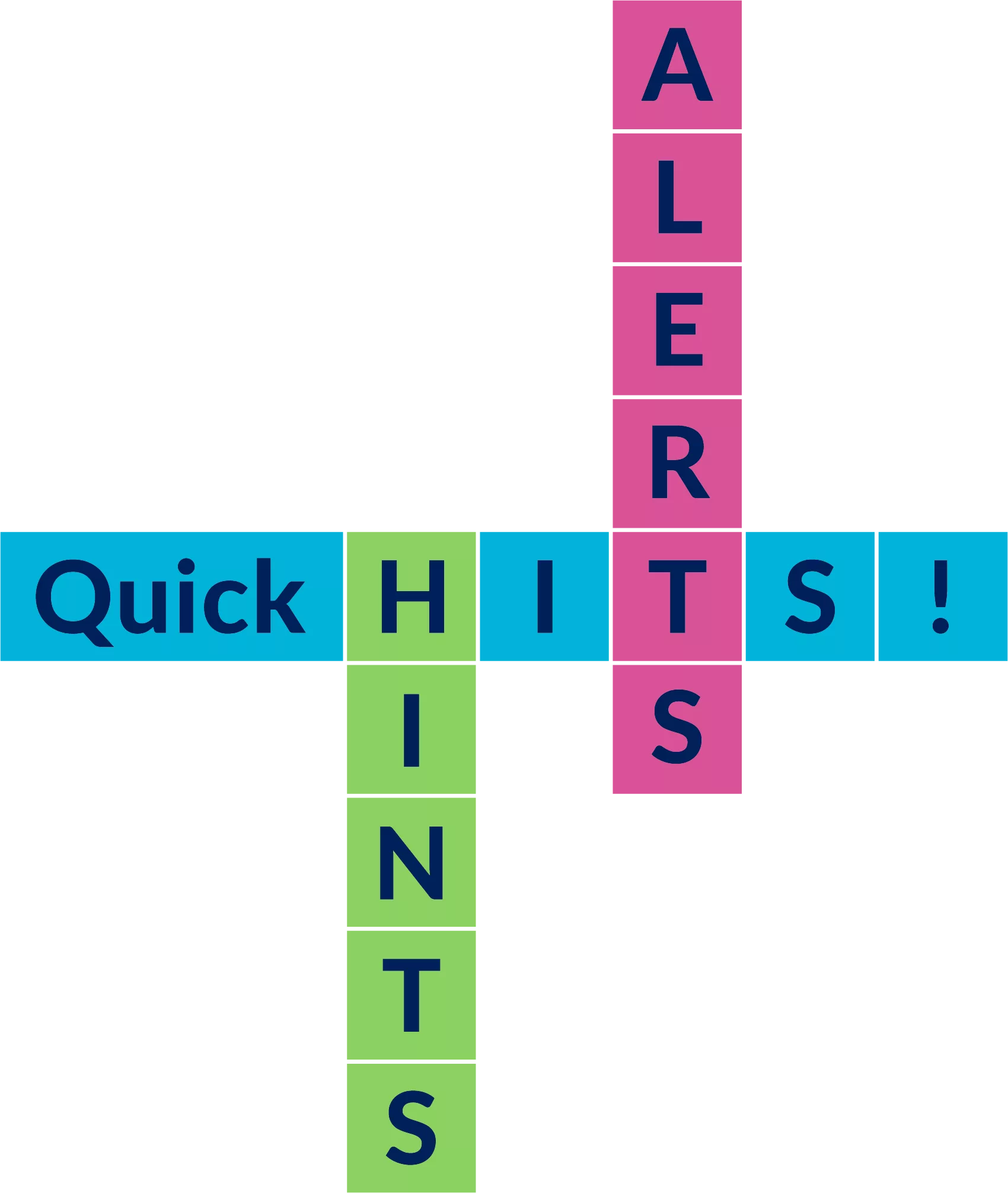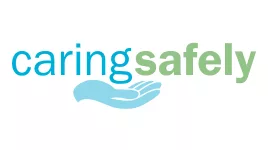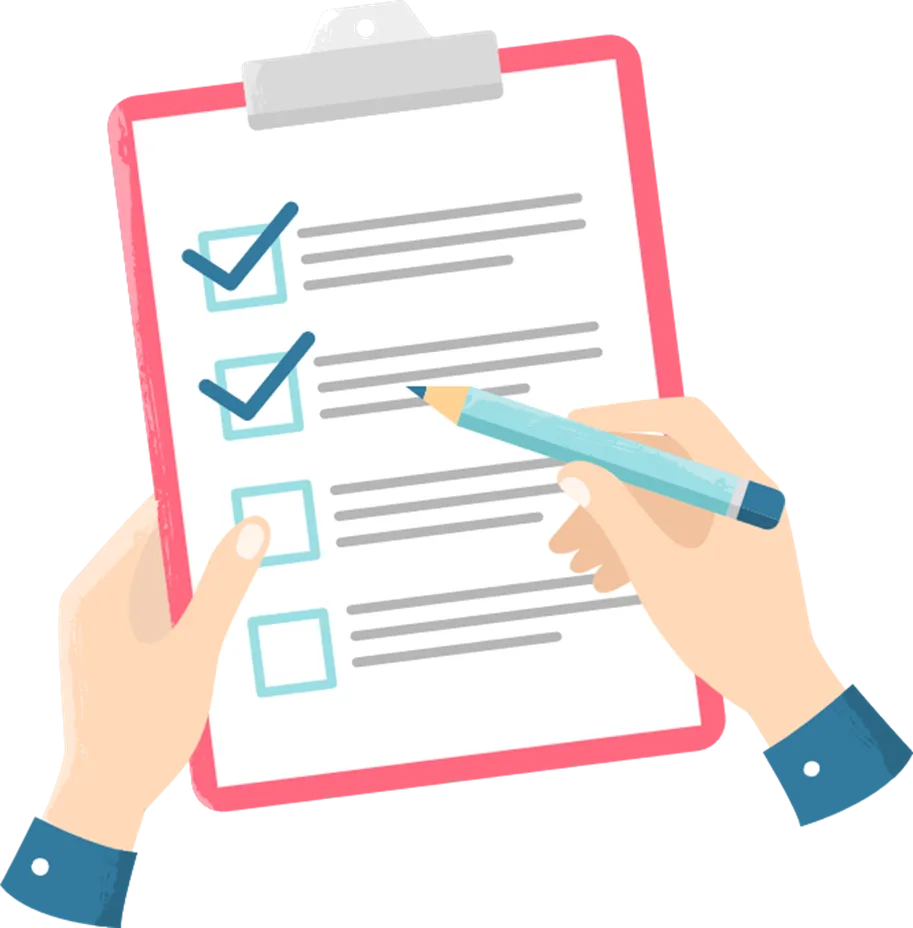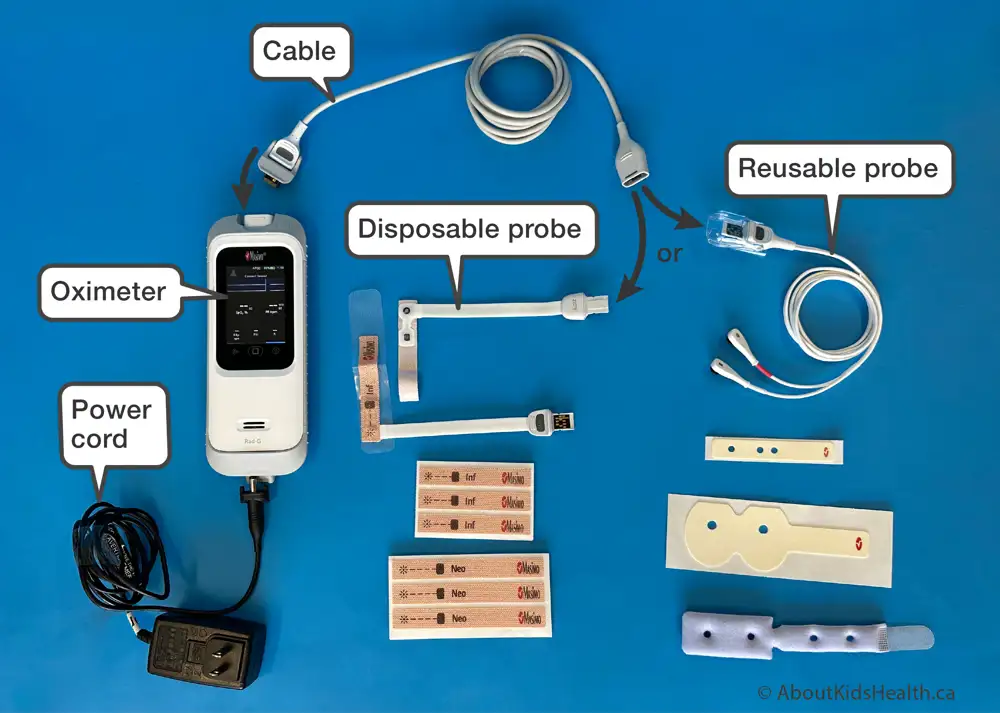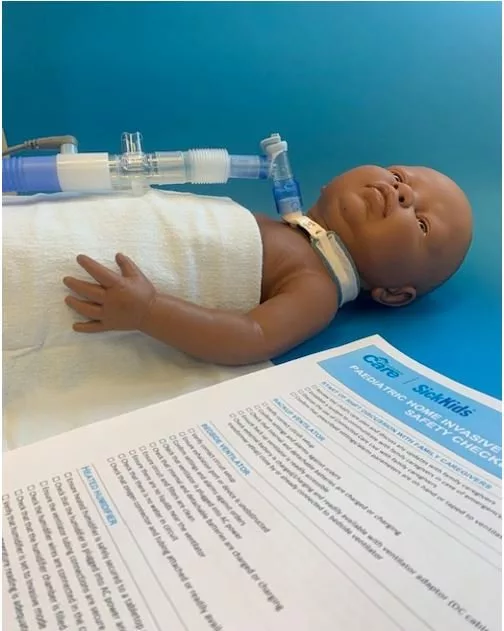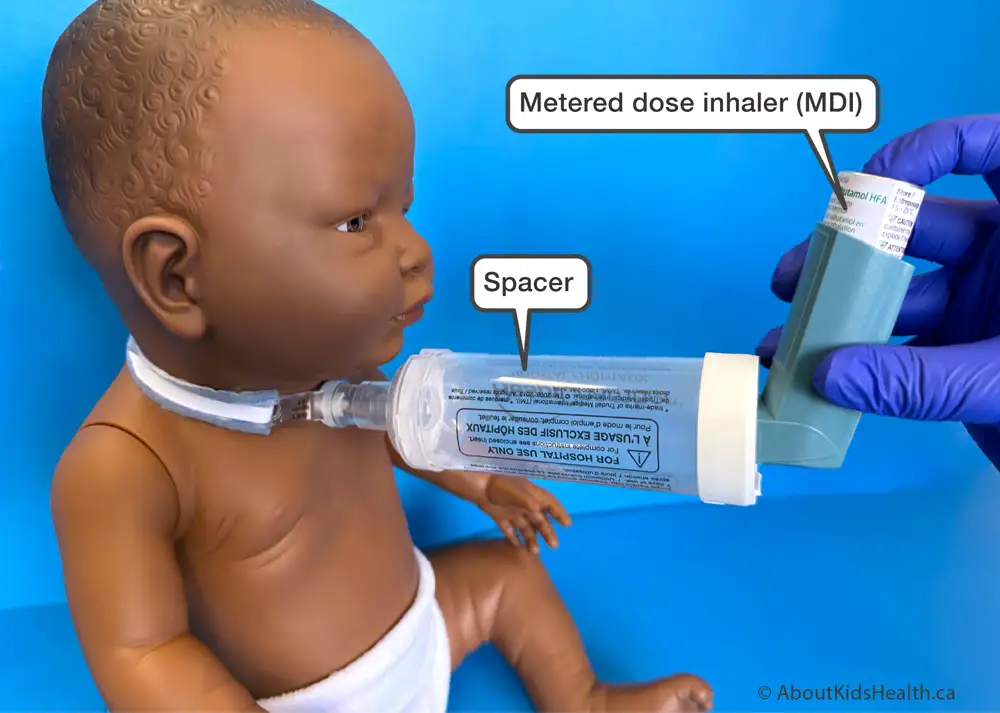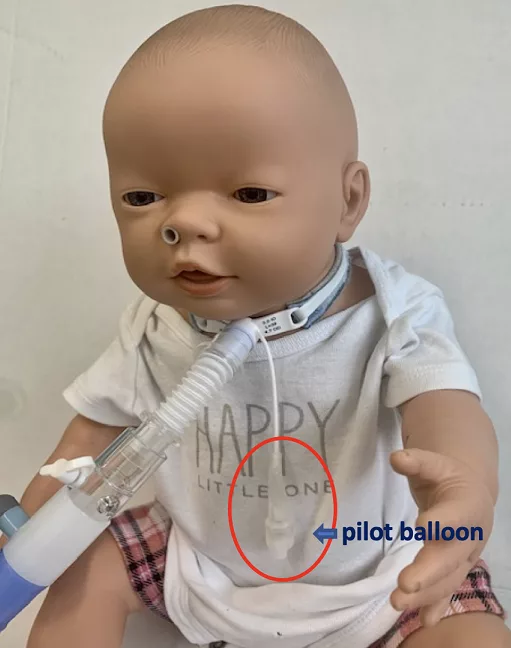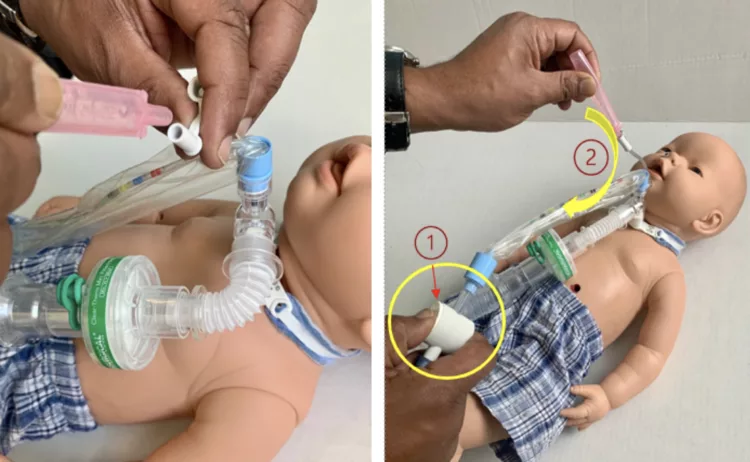SITUATION:
This QuickHit was developed in response to children with medical complexity being prescribed lung volume recruitment (LVR) therapy for home use. The shift in therapy practice is partly driven by the discontinuation of the Philips Respironics E70 CoughAssist device. However, the Synclara device serves as a replacement for the E70. Despite this, therapy may still be prescribed prior to initiating treatment with a cough assist device.
BACKGROUND:
Children with medical complexity may be prescribed pulmonary clearance therapies such as mechanical in-exsufflation at home. Pulmonary clearance is important to keep the airways and lungs clear of excess mucus and to reduce the risk of infection and airway inflammation. Children that may benefit from pulmonary clearance include those who have a tracheostomy +/- ventilation or a condition that causes muscle weakness.
ASSESSMENT:
LVR is a manual technique that uses a resuscitation bag with a one-way valve to deliver repeated volumes of air to expand the lungs. This can simulate a strong cough, helping children to effectively clear airway secretions. It is often prescribed with similar frequency as CoughAssist (e.g., twice or three times daily), and is ideally performed before meals and at bedtime.
When performing LVR:
- The child must be awake, alert, and cooperative.
- Interfaces may include a mask, mouthpiece (for older children), or tracheostomy adaptor.
- A nose clip may be required with the mouthpiece to ensure an adequate seal.
- The LVR kit is portable and can be used in various home or community settings.
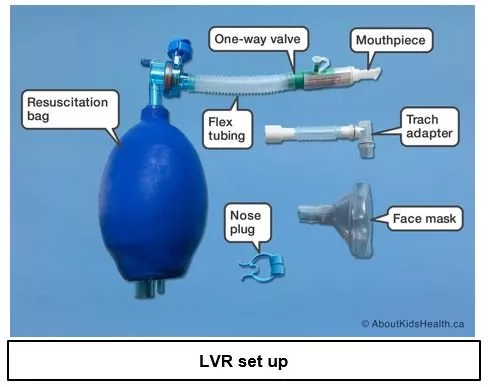
To perform LVR, the manual resuscitation bag with one-way valve is squeezed in small amounts during inhalation (breathing in) for a series of stacked breaths to increase the total amount of air in the lungs. After the lungs are filled with air, the child exhales or spontaneously coughs out. Filling the lungs with more air allows the child to clear secretions more effectively. After several cycles of LVR, the child will find that breathing becomes easier.
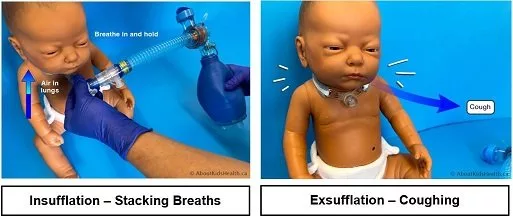
LVR can also be used alongside manually assisted cough (MAC), if prescribed, to increase the force of air out of the lungs. This will assist the child’s cough and help them clear secretions. MAC involves pushing inwards and upwards underneath the child’s rib cage.
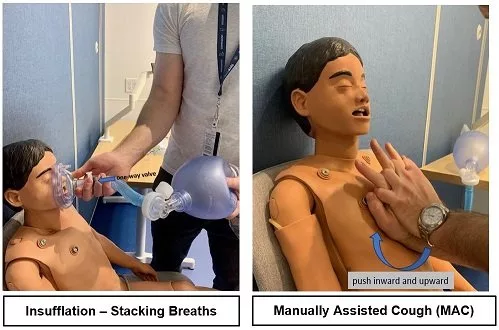
RECOMMENDATION:
Connected Care recommends the following when performing LVR for a child in home and community:
- Confirm that you have the child’s most up-to-date orders for LVR, including settings, type of interface (e.g. mask or trach adaptor) and when to provide therapy. Partner with family caregivers to discuss any changes to the plan of care.
- Ensure the child is awake, alert, and cooperating when performing therapy. It is better if the child is in a sitting position to promote lung expansion.
- If the child experiences dizziness, chest discomfort, or pain, stop the LVR and have them rest.
- Ensure LVR bag (with one-way valve) is separate from the manual resuscitation bag (without one-way valve). Consider clearly labelling both the LVR bag and manual resuscitation bag to ensure that the correct one is used.
- Ensure you are familiar with LVR therapy prior to performing this on a child. Register for additional Connected Care education if there are knowledge/skills gaps identified.
- Review the AboutKidsHealth article that reviews LVR therapy including equipment and supplies required, step-by-step procedure, and safety precautions.
THE LVR BAG SETUP CANNOT BE USED FOR RESUSCITATION DUE TO THE PLACE OF THE ONE-WAY VALVE INLINE.
PLEASE KEEP THESE BAGS SEPARATE!
